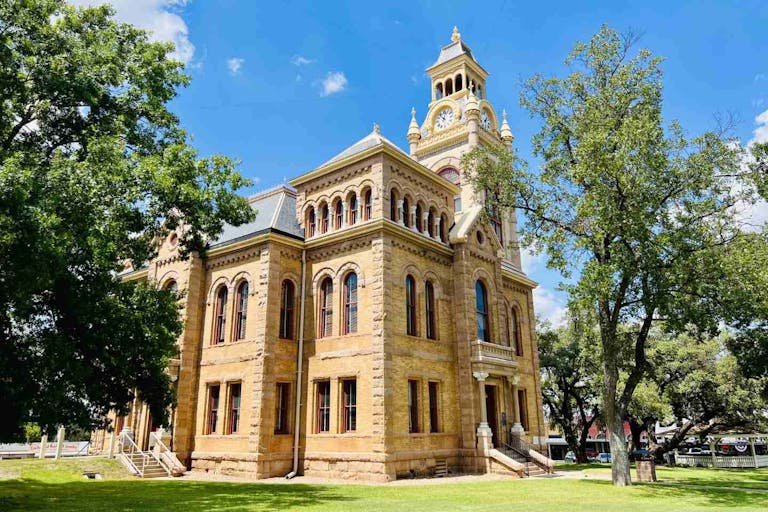
Texas library can keep sexually explicit material from minors... for now
Sheena Rodriguez
·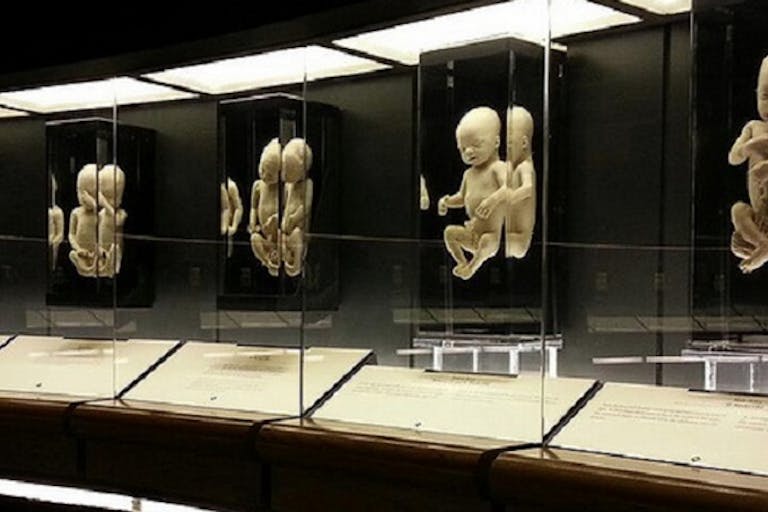
Incredible display of miscarried babies shows the humanity of preborn children
Trigger warning: This post details our experience of going to a museum exhibit that featured preserved bodies of actual miscarried unborn children. None of them were aborted. Their bodies are whole and carefully preserved. Depending on your sensibilities/past experiences, the descriptions and/or pictures of the exhibit that I’ve included may be a trigger for you.
Last year during my first speaking trip in Portland somebody told me that I couldn’t leave without seeing the Prenatal Exhibit at the Oregon Museum of Science and Industry, or OMSI.
Due to scheduling reasons I couldn’t pull it off, but I called the museum a few weeks ago to ask whether the exhibit was still there. Upon finding out that it’s there until May 6, I made sure that my staff and I had time to visit the exhibit during our recent trip to Portland where we trained the student club from Portland Community College with a seminar followed by a two-day outreach on their campus.
The exhibit was created by Dr. Gunther von Hagens, the person behind the controversial “Body Worlds” exhibit. He uses a plastination technique to preserve animal and human bodies and sets up exhibits in an effort to educate people about anatomy in a way that books can’t. The exhibit is controversial because in the case of the human bodies, these were real people who arguably should have been buried. My staff and I have unresolved concerns about that aspect of it.
In the case of the prenatal development exhibit at OMSI, they only have babies who were miscarried and then preserved, presumably with the parents permission. (This exhibit isn’t to be confused with “Bodies: The Exhibition,” which is similar but whose bodies all came from China, adding to the controversy.)
According to the Body Worlds website:
The BODY WORLDS exhibitions rely on the generosity of body donors; individuals who requested that, upon their death, their bodies could be used for educational purposes in the exhibition. All the whole-body plastinates and the majority of the specimens are from these body donors; only some organs, fetuses and specific specimens that show unusual conditions come from old anatomical collections and morphological institutes.
I found a few images online of the exhibit that I’m going to include with this blog post to try to give you a visual of what we saw, but I firmly believe that these pictures don’t do the exhibit justice. I’ll explain why later in the post.
Before you get to the main exhibit, there are lots of walls set up with some of Lennart Nilsson’s famous fetal development pictures and explanations of human development.
My favorite area was an interactive display where you could push different buttons and LED lights would illuminate how the babies blood and the mother’s blood is kept separate, yet the mother’s body gives nutrition to the baby and carries away waste.
Then we got to the main part of the exhibit, which is kept in a large, dark room, and a warning sign that reads:
“Attention. Viewer Discretion Advised. The human embryos and fetuses in this exhibit are real. The survival of these embryos and fetuses was prevented by natural causes or accidents. These specimens were collected from medical universities and hospitals and prepared by Dr. Hunther von Hagens, inventor of the plastination process and creator of the Body Worlds exhibitions. The exhibit was installed at OMSI in 1993.”
When you walk in, this is what you see:
When Jacob walked in his first thought was, “There are so many of them.”
There are 42 embryos and fetuses preserved in glass cases along the curved wall. They start at the youngest and as you walk through the exhibit the babies get progressively older, until you reach the last child who was 33 weeks old and had a full head of hair.
Each baby has a sign under it giving the age from fertilization of the child and what is going on for a baby developmentally, at that age. The exhibit makes it clear that the ages attributed to the children is the actual time after fertilization, not LMP. There’s a sign on the wall that says:
“The embryos and fetuses in this exhibit are real. They are presented here to offer a unique look at the journey each of us made from a fertilized egg. Acquired from medical universities and hospitals, the survival of these embryos and fetuses was prevented by natural causes or accidents. The age given for each specimen is the actual time after fertilization, this is the aging method used by scientists studying human development. It is different from the method used by health care providers, who time a pregnancy from a woman’s last menstruation.”
My immediate emotional reaction upon entering the room was sadness. There was a seriousness to this room, and the design of the room was clearly intended to underline the seriousness of the exhibit. This isn’t a place to let your kids run free like they can at some of the other sections of the museum.
The youngest baby was only a few weeks old, and was very small. I took my time, spending several moments in front of each child. As I looked at the youngest embryos, I thought to myself that I could understand why a pro-choice person could see this part of the exhibit and still feel convinced that these early embryos aren’t morally significant. I certainly think they are, but it’s not because of the way they look. It’s because of what I believe about the nature of all humans, including the youngest of us.
It became harder for me to step into the shoes of a pro-choice person and defend abortion rights later in the exhibit though. Around the point where the baby in front of us was nine weeks old, it became clearer than anything that this is a little human, not an unorganized mass of developing tissue.
As I was staring at a child who was about 20 weeks old my brother Tim came up to me to ask me what I was feeling. I paused, and then responded that I felt “intensely sad about abortion.” I asked him what he was feeling, and he replied, “As I looked at the younger embryos, I felt really sad, but the older they get, the more I feel angry.”
I reminded Tim that abortions at 20-weeks or later don’t happen nearly as often as first-trimester abortions before asking, “What specifically are you angry about?” Tim thought about it, and responded, “I’m angry that 20-week abortions are defended so often. I’m angry that our society is even having to debate whether or not to pass a bill that would ban abortions at this stage.”
We didn’t just feel angry about the late-term babies either. As I glanced to my left at the first-trimester babies, I thought, “These babies can be legally ripped to pieces, and they are, to the tune of about 3,300 every day.” At Equal Rights Institute it’s a priority to us to be very careful with philosophy, and understand why the most philosophical pro-choice advocates believe what they believe. And yet, staring at these children, I felt like I live in a society that has gone mad.
After I reached the end of the exhibit, I walked back to one of the babies. It was the one who died at 10 weeks. Many people don’t know that my wife and I lost a child 10 weeks into our first pregnancy. It is the most traumatic thing we have ever experienced. I felt like I needed to take this opportunity to remember my first son or daughter. So I stared at the 10-week child for several minutes, in silent memoriam. His body was longer than I expected a 10-week child to be. And as I stared at him, I felt like I connected with him a little. I once had a child, and he or she was alive while we were ecstatic about our first pregnancy. For the first few years of our marriage we weren’t sure we could get pregnant, and then we finally did, and I was so excited I would literally jump up and down when I told people! And then our child passed away, and a small part of me died with our child. I’ve never been the same.
We quietly left the exhibit, walked to our car, and processed together.
We talked about the difference between the babies who were eight weeks and younger, and those that were older. We agreed that it is equally sad that they all died, but we had more sympathy for pro-choice people who only defend early abortions than those who defend all abortions.
Article continues below
Dear Reader,
Have you ever wanted to share the miracle of human development with little ones? Live Action is proud to present the "Baby Olivia" board book, which presents the content of Live Action's "Baby Olivia" fetal development video in a fun, new format. It's perfect for helping little minds understand the complex and beautiful process of human development in the womb.
Receive our brand new Baby Olivia board book when you give a one-time gift of $30 or more (or begin a new monthly gift of $15 or more).
Tim said, “Nine weeks in, their humanity is not ambiguous anymore. They had distinguishable fingers and toes. They had different facial expressions.”
We spent a lot of time discussing whether an exhibit like this should exist. On one hand, it doesn’t feel respectful. As Tim said, “A human body made in God’s image shouldn’t be in a glass case.”
Tim had a good idea for how the exhibit could be more respectful in their treatment of the babies. “I wish each baby was named. Not that the guy who made the exhibit made up a name for them, that would be meaningless. I wish the parents had named their babies, because that would be their real name, and that you could read each name under their body. Each of these babies were somebody.”
Having said all of that, we agreed that while abortion remains legal, though we have reservations, we would prefer if an exhibit like this was in every major city in America.
This exhibit humanized the unborn more than Lennart Nilsson’s fetal development images or the graphic abortion images do, both of which we use in our outreach brochure. There are some pro-choice college students whose world would be rocked if they saw this exhibit, in a way that images don’t rock their world. Why? Because in this exhibit you’re in the personal, physical presence of unborn children.
A phone conversation can’t substitute for an in-person conversation. Tim asked me what I thought when I saw the Grand Canyon for the first time. My first thought was, “Pictures of this don’t do it justice. You can’t understand the enormity of this canyon without being physically there.” Tim said he thinks the same is true for unborn children. “Pictures of this exhibit wouldn’t be that compelling to show people. Being in the physical presence of a child is.”
This is similar to what I wrote after seeing a similar, albeit smaller, fetal development section of “Bodies: The Exhibition” seven years ago. I wrote:
“We talk about ultrasounds being the window to the womb. No, this is the window to the womb.”
I told Tim and Jacob, “I think we should treat bodies respectfully, but I’m full-time in the pro-life movement, and I’m a pretty even-keel guy, but I am SO much more devastated about abortion right now than I usually am.”
I recalled how at the end of “Bodies: The Exhibition” there were notebooks at the end where people could write their reflections. Here are some of the comments that I read:
“A strong case for the anti-abortion position.”
“I know life begins at conception.”
“…I don’t understand how someone could have an abortion after seeing all the embryos.”
“…I’m convinced that life begins far earlier than our society believes.”
“I really liked the part about the babies.” ~ A young girl
“We truly are fearfully and wonderfully made.”
“I don’t know how you could not believe in God after seeing this exhibit.”
“I was fascinated with the fetuses – I did not know they were so well formed even at seven weeks – who could ever abort a child?”
“There is no way I’m going to have an abortion…” ~ A 12-year-old girl
Jacob agreed that an exhibit like this is necessary for our society to see, but he wished it wasn’t.
As a full-time pro-life advocate who thinks about abortion a lot and tries to persuade others to become pro-life, I have sometimes struggled with how to balance grief in my pro-life work. There are some days that I don’t feel as sad about abortion as I ought to. There are two extremes I need to try to avoid: If I’m grieving all the time, it’s unhealthy, but if I never grieve, I’m disconnected from just how awful abortion is. I think seeing this exhibit helped me get a little more balanced on how grief should interact with my work.
Editor’s Note: The post “Our Experience at the OMSI Prenatal Exhibit Displaying Real Preserved Children” originally appeared at the Equal Rights Institute blog. Click here to subscribe via email and get exclusive access to a FREE MP3 of Josh Brahm’s speech, “Nine Faulty Pro-Life Arguments and Tactics.”
Live Action News is pro-life news and commentary from a pro-life perspective.
Contact editor@liveaction.org for questions, corrections, or if you are seeking permission to reprint any Live Action News content.
Guest Articles: To submit a guest article to Live Action News, email editor@liveaction.org with an attached Word document of 800-1000 words. Please also attach any photos relevant to your submission if applicable. If your submission is accepted for publication, you will be notified within three weeks. Guest articles are not compensated (see our Open License Agreement). Thank you for your interest in Live Action News!

Sheena Rodriguez
·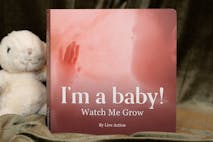
Human Rights
Carole Novielli
·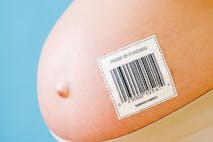
International
Angeline Tan
·
Human Rights
Nancy Flanders
·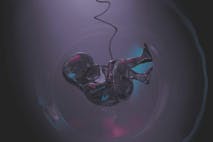
Human Rights
Angeline Tan
·
Human Rights
Angeline Tan
·
Issues
Josh Brahm
·
Issues
Josh Brahm
·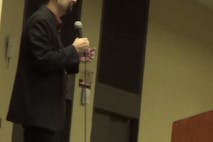
Analysis
Josh Brahm
·
Opinion
Josh Brahm
·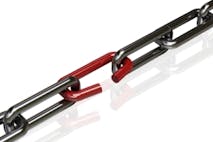
Opinion
Josh Brahm
·